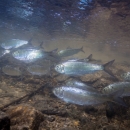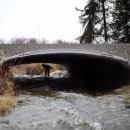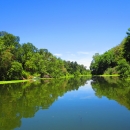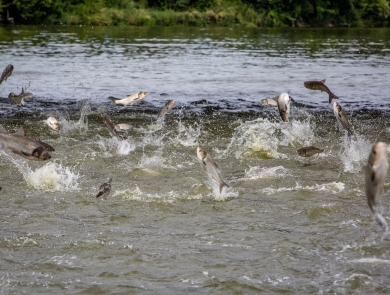About Us
The Great Plains Fish and Wildlife Conservation Office is one part of a network of field stations located throughout the nation that works to conserve fish and aquatic resources. Biologists from the Arctic Circle to the Florida Keys work to protect native species, restore imperiled species and their habitats, monitor and control invasive species invasive species
An invasive species is any plant or animal that has spread or been introduced into a new area where they are, or could, cause harm to the environment, economy, or human, animal, or plant health. Their unwelcome presence can destroy ecosystems and cost millions of dollars.
Learn more about invasive species , evaluate native fish stocks and their habitats, and make management recommendations to improve natural resources.
What We Do
Our office provides technical assistance to Tribes, collaborate on fisheries restoration with the National Fish Hatchery System, conduct scientific studies into fisheries problems, restore habitat through the National Fish Passage Program and the National Fish Habitat Action Plan, and collaborate with partners to conserve migratory fishes that cross multiple jurisdictions.
- Aid recovery of federally-listed threatened and endangered species through research, monitoring, and implementing management actions.
- Assist Native American Tribes and federal agencies with management of fisheries and other aquatic resources.
- Conduct research and develop strategies to improve management of aquatic invasive species invasive species
An invasive species is any plant or animal that has spread or been introduced into a new area where they are, or could, cause harm to the environment, economy, or human, animal, or plant health. Their unwelcome presence can destroy ecosystems and cost millions of dollars.
Learn more about invasive species . - Collaborate with state agencies to improve aquatic ecosystem and fisheries management.











